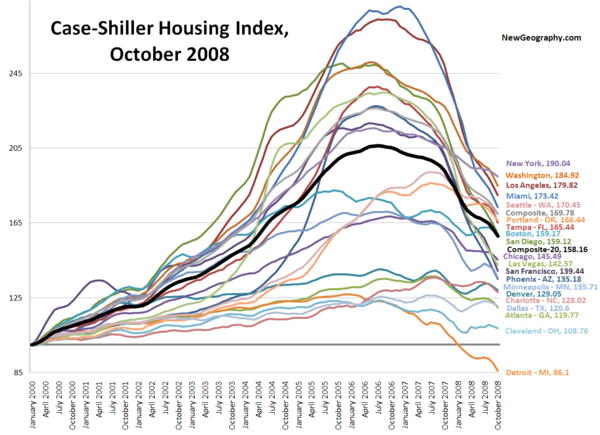Infrastructure investment has been a key driver of economic development throughout American history. In our country’s earliest days, the building of canals and turnpikes, followed by construction of railroads, greatly catalyzed expansion and development. Later, investment in electricity and telephone networks facilitated the development of vast expanses of the American landscape. More recently, the national interstate highway system and now the continuing build-out of broadband telecommunications networks have democratized the geography of business endeavors that were once confined to large metropolitan centers.
Highways, airports, harbors, utility distribution systems, railways, water and sewer systems, and communications networks remain critical elements in economic development. But in today’s globally competitive, net-centric economy a great advantage will accrue to regions and industries that develop sophisticated "infrasystems” including such innovation infrastructure such as university and lab facilities, technology and training centers, export processing facilities, and research parks.
These infrasystems – integrating facilities, technology and advanced socio-technical capabilities – have emerged as key drivers of innovation and the locus of future higher-value industries and higher-paying jobs.
Infrasystems differ by region. For some communities they can be constructed around a key asset such as a local hospital, equipped with medical technology and operated by a highly skilled staff of health care professionals. For a place like Wenatchee, Washington where Internet giant Yahoo decided to locate a data center, the key infrasystems asset lay in a highly aggressive economic development community and low cost, clean energy.
Wenatchee represents a classic success story for an infrasystems approach. They took many of the right steps including a $12 million investment by the Port of Chelan County and others in the Confluence Technology Center, a state‐of‐the art facility built specifically to attract information technology companies to the area. Another factor in this success is $50 million investment by the Chelan County Public Utility District (PUD) in laying fiber‐optic cable to homes and businesses.
If our infrastructure policy and financing debate is going to center around miles of paved road, number of bridges or even the number of construction jobs – certainly all worthy objectives – we could still miss the key target of creating long-term employment and making our country, and regions, more competitive. Advanced infrasystems represent the cutting edge economic tool of the 21st Century.













